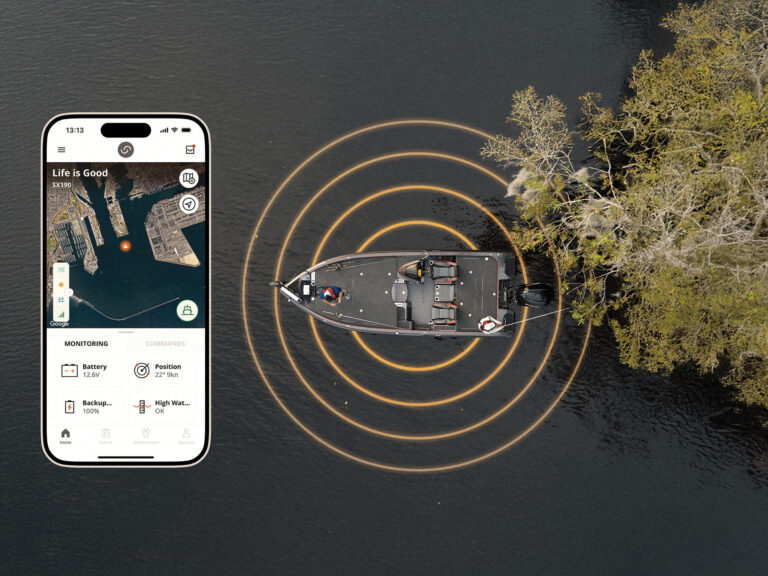The United States joined more than 50 countries Thursday in a recommendation to regional fishery management organizations (RFMOs) to better track vessels engaged in illegal, unreported and unregulated (IUU) fishing for tunas, swordfish, sharks and other highly migratory species. Annual global economic losses due to IUU fishing are estimated to be as high as $23 billion.
This action is a first step toward procedures for sharing information about vessels engaged in IUU fishing. Global cooperation to prevent IUU fishing coupled with sound science and effective management are essential to the sustainability of these wide-ranging species that are highly valued in commercial and recreational fisheries.
The recommendation means that the nations that make up the five regional fishery management organizations managing highly migratory species in the Pacific, Atlantic, and Indian oceans and adjacent seas will share information about IUU vessels. RFMO rules require their member nations to prevent IUU fishing in their regions. Sharing information about IUU vessels across the RFMOs means an IUU vessel previously listed in only one region would have more difficulty avoiding detection by moving to another region.
“Illegal, unreported and unregulated fishing undermines the sustainability of fisheries and the ability of fishermen who abide by the rules to make a decent living,” said Jane Lubchenco, Ph.D., under secretary of commerce for oceans and atmosphere and NOAA administrator. “Sharing information on IUU vessels across oceans will strengthen enforcement and prevent legal and sustainable fishing operations from being disadvantaged in the global marketplace.”
This outcome was a key goal for the NOAA-led U.S. delegation to the third joint meeting of the world’s regional fisheries management organizations that manage tunas and other highly migratory species. This week’s meeting, known as Kobe III because it is the third in a series that began in Kobe, Japan in 2007, was hosted by NOAA in La Jolla, Calif.
“I am pleased with the overall level of cooperation among participants. It has helped us make strides to coordinate measures that improve compliance with international fisheries management,” said Russell F. Smith, NOAA’s deputy assistant secretary for international fisheries, who chaired the meeting. “Now we must focus our efforts on meaningful, binding implementation of these measures within the five tuna regional fisheries management organizations.”
Delegates also recommended to RFMOs a set of decision-making principles designed to ensure all management measures are consistent with scientific advice. “The long-term sustainability of tunas and other highly migratory fish stocks depends on international cooperation and a strong commitment to follow the scientific advice when setting quotas and other measures,” said Eric Schwaab, assistant NOAA administrator for NOAA’s Fisheries Service, who headed the U.S. delegation.
Although recommendations and actions from the Kobe III meeting are not binding, this week’s agreements will inform negotiations for binding measures within each of the five regional tuna fishery management organizations.
Delegates from member countries to all five regional tuna fisheries management organizations participated in Kobe III. Representatives from industry, environmental non-governmental organizations, academia, and inter-governmental organizations were observers at the meeting.
The five tuna RFMOs are the Inter-American Tropical Tuna Commission (IATTC), International Commission for the Conservation of Atlantic Tunas (ICCAT), Indian Ocean Tuna Commission (IOTC), Western and Central Pacific Fisheries Commission (WCPFC) and the Commission for the Conservation of Southern Bluefin Tuna (CCSBT). The United States is a member of ICCAT, IATTC, WCPFC, and is an observer at IOTC. These organizations are charged with coordinating scientific research and developing conservation and management measures for stocks of tunas and other tuna-like species that are caught in the same fisheries (e.g. swordfish, marlins, sailfish and some sharks.)
To learn more about Kobe, read Dr. Lubchenco’s opening remarks, see articles about participants and photos, go to http://www.nmfs.noaa.gov/stories/2011/07/kobeiii.html









